Not Everyone in Arizona Is a Fan of Waymo's Self-Driving Vans

Waymo, the autonomous program backed by Google-parent Alphabet, seems to have upset some residents of Phoenix, Arizona, who have elected to whip eggs at the company’s test vehicles. Selected due to its lax regulatory standards, the state has become home base for Waymo to pioneer its self-driving vans since 2016. However, newly released police reports paint a picture where the locals are far less enthused with the vehicles’ progress than Waymo’s marketing materials would suggest.
A subset of Phoenix citizens has been demanding the firm improve transparency and offer better explanations for some of the higher-profile crashes since 2018. Despite Waymo assuring the public that mishaps are rare, local reports showed some erratic behavior among the test mules operating in 2020. While a few of these incidents made the news, local police reports from Chandler and Tempe (metropolitan Phoenix) indicate there was a slew of incidents we did not know about — many of which involved encounters with frustrated, human motorists.
From Phoenix New Times:
Earlier this month, the company bragged about how well its vehicles would perform if they replaced human drivers, and how many lives they could have saved in Chandler. Yet the company hasn’t been totally transparent with metro Phoenix residents, refusing to turn over data showing how many times the vehicles’ autonomous function has failed while driving around Chandler, Tempe, and other Valley areas. The latest police reports help to explain why the company has struggled in its deployment of a fully driverless fleet. Although its vehicles can operate in driverless mode, nearly all still have backup drivers behind the wheel when they’re on the road.
Abrupt stops have been noted in the vehicles for years, but rear-end collisions are usually seen as the fault of a driver who didn’t stop in time. The October 8 incident is harder to figure out. At about 11:30 a.m. that day, a white Waymo minivan was traveling westbound in the middle of three westbound lanes on Chandler Boulevard, in autonomous mode, when it unexpectedly braked for no reason.
That car was ultimately struck by a Chevrolet Silverado. While that pickup driver got away without receiving a citation, the Chandler Police Department cited one of their own officers in January 2020 for rear-ending a Waymo van that optioned to stop in the middle of an intersection. But we’re just getting warmed up. Some citizens, exasperated with the Google-owned company’s continued operations in their town, have stopped venting their frustrations exclusively online and started exercising their anger in the physical world. You might recall incidents from several years ago where a vigilante Jeep driver intentionally went out of their way to bully the vans off the road or people started vandalizing unattended Waymo vehicles.
Well, those sorts of incidents haven’t let up and 2020 introduced some new ones. Numerous individuals have been egging the vans, with one man following them around all day in his car so he could hit multiple targets. Ice cream cones have also been whipped at the test mules and there are reports of them having close calls with pedestrians and motorcyclists that become enraged and attack. Waymo safety drivers have also been spotted unconscious inside the vehicles under suspected narcotics use. But the biggest issue continues to be vans making erratic stops whenever the system runs into trouble — something the company has been coping with since it began operations in Arizona.
Waymo apparently won’t release its disengagement data for the state but maintains that the brake-first safety policy is likely the best and we’re inclined to agree. Rear-end collisions are infinitely preferable to head-on accidents and the car stopping itself is bound to get it into less trouble than attempting to take evasive maneuvers it’s not prepared for. The company also released 2020 for California, which showed 21 disengagements over 629,000 miles of autonomous driving in that state. That’s less than 4 per every 100,000 miles, which isn’t that bad if all the minivans did was need the driver to momentarily take the wheel without incident.
But it doesn’t really show how well the vehicles performed when left to their own devices and might not have much to do with the growing ire of those living in the Phoenix area. Based on some of the complains online, many people seem to feel these cars are in the way or have grown uncomfortable of the ideas of robotic vehicles owned by the same company that runs Google being trained on public roads.
The entire issue harkens back to 2017 when Ford and Virginia Tech disguised a man as a car seat to see how people would respond to driverless vehicles. Seemingly ridiculous at the time, whatever information was gathered from those tests might have been invaluable. Even before that, there were loads of people talking about the opportunities hyper-aggressive drivers would have to bully AVs into submission and ruminations on the likelihood of there being more incentive to do so since the act is being committed against a computer. It certainly makes you wonder about the future of autonomous vehicles, especially if their development ever reaches a point where they start being introduced for commercial fleets and luxury automotive brands.
[Images: Waymo]

A staunch consumer advocate tracking industry trends and regulation. Before joining TTAC, Matt spent a decade working for marketing and research firms based in NYC. Clients included several of the world’s largest automakers, global tire brands, and aftermarket part suppliers. Dissatisfied with the corporate world and resentful of having to wear suits everyday, he pivoted to writing about cars. Since then, that man has become an ardent supporter of the right-to-repair movement, been interviewed on the auto industry by national radio broadcasts, driven more rental cars than anyone ever should, participated in amateur rallying events, and received the requisite minimum training as sanctioned by the SCCA. Handy with a wrench, Matt grew up surrounded by Detroit auto workers and managed to get a pizza delivery job before he was legally eligible. He later found himself driving box trucks through Manhattan, guaranteeing future sympathy for actual truckers. He continues to conduct research pertaining to the automotive sector as an independent contractor and has since moved back to his native Michigan, closer to where the cars are born. A contrarian, Matt claims to prefer understeer — stating that front and all-wheel drive vehicles cater best to his driving style.
More by Matt Posky
Latest Car Reviews
Read moreLatest Product Reviews
Read moreRecent Comments
- Jalop1991 There is no inflation. Everything is cheaper than it was 5 years ago. SHRIMP AND GRITS!
- ChristianWimmer Exterior and interior look pretty flawless for such a high mileage car. To me this is an indication that it was well-maintained and driven responsibly. It’s not my cup of tea but it’s bound to find an enthusiastic owner out there.And with ANY car, always budget for maintenance.
- Fred I'm a fan and watch every race. I've missed a few of the live races, but ESPN repeats them during more reasonable hours.
- Mikesixes It has potential benefits, but it has potential risks, too. It has inevitable costs, both in the price of the car and in future maintenance. Cars with ABS and airbags have cost me at least 2000 bucks in repairs, and have never saved me from any accidents. I'd rather these features were optional, and let the insurance companies figure out whether they do any good or not, and adjust their rates accordingly.
- Daniel Bridger Bidenomics working.



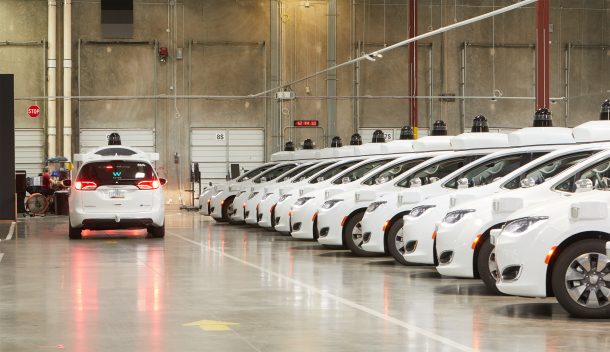














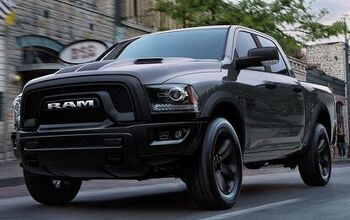
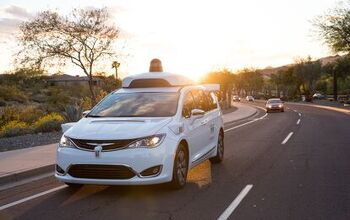

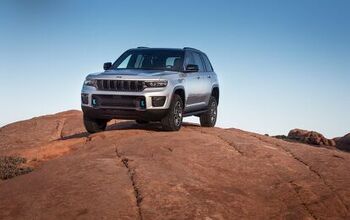



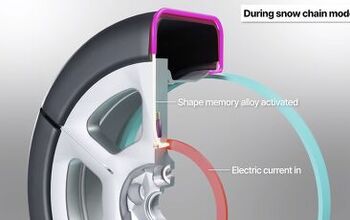
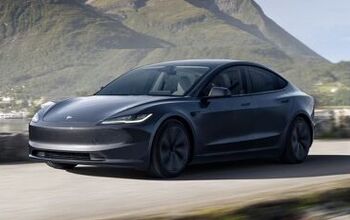
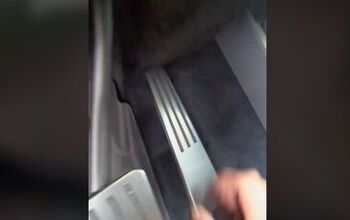




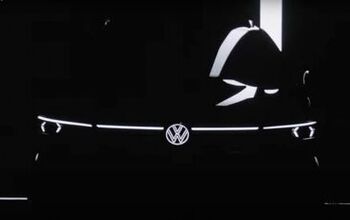
Comments
Join the conversation
I live in Tempe and work in Chandler. Compared to the Thousands of folks on their phones and, Thousands who can't turn their Headlights on at night; Waymo is not a risk. Good point about Waymo following the rules of the road. Many here look at them as mild suggestions, at best.
I see the postal service and UPS deploying self-drivers with trebuchets on their rooves to launch the packages onto people's porches.